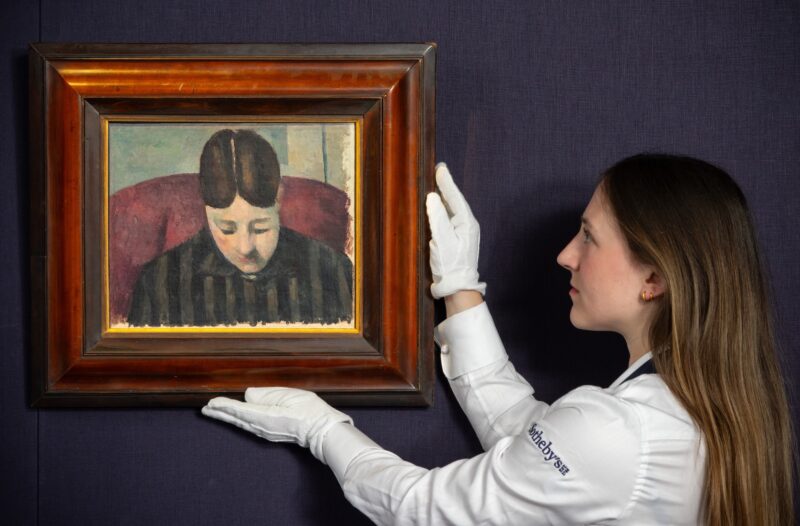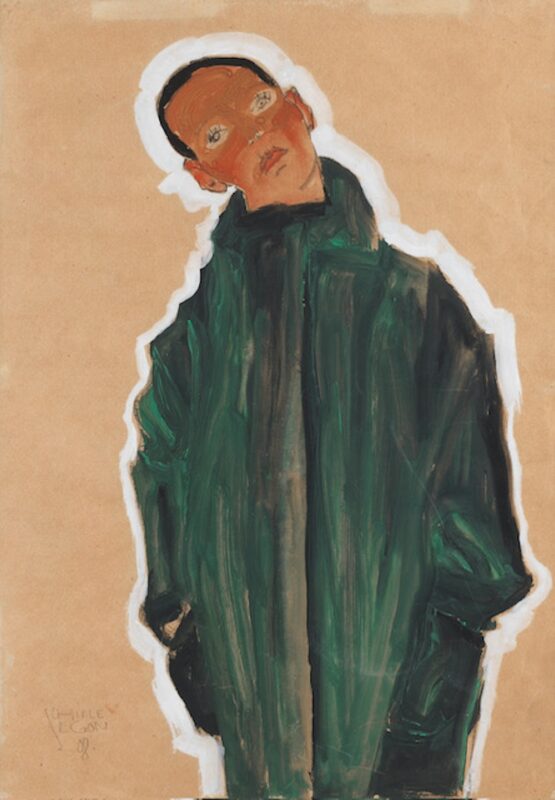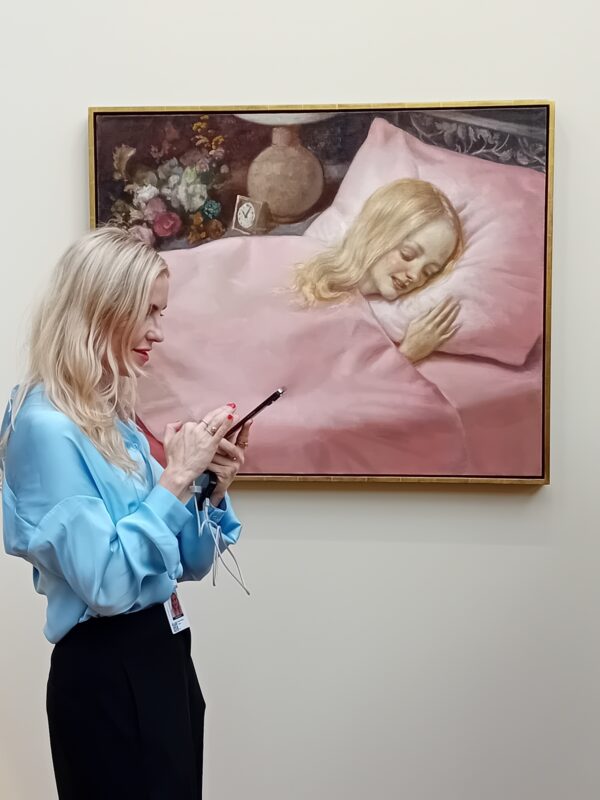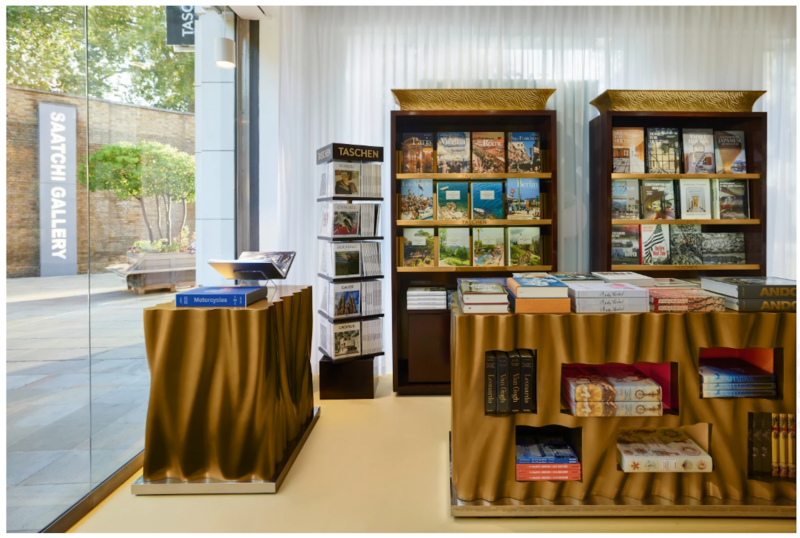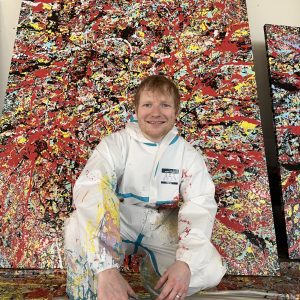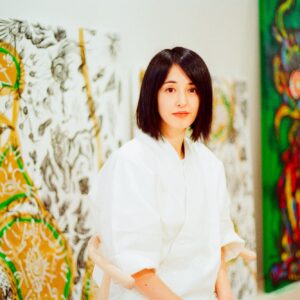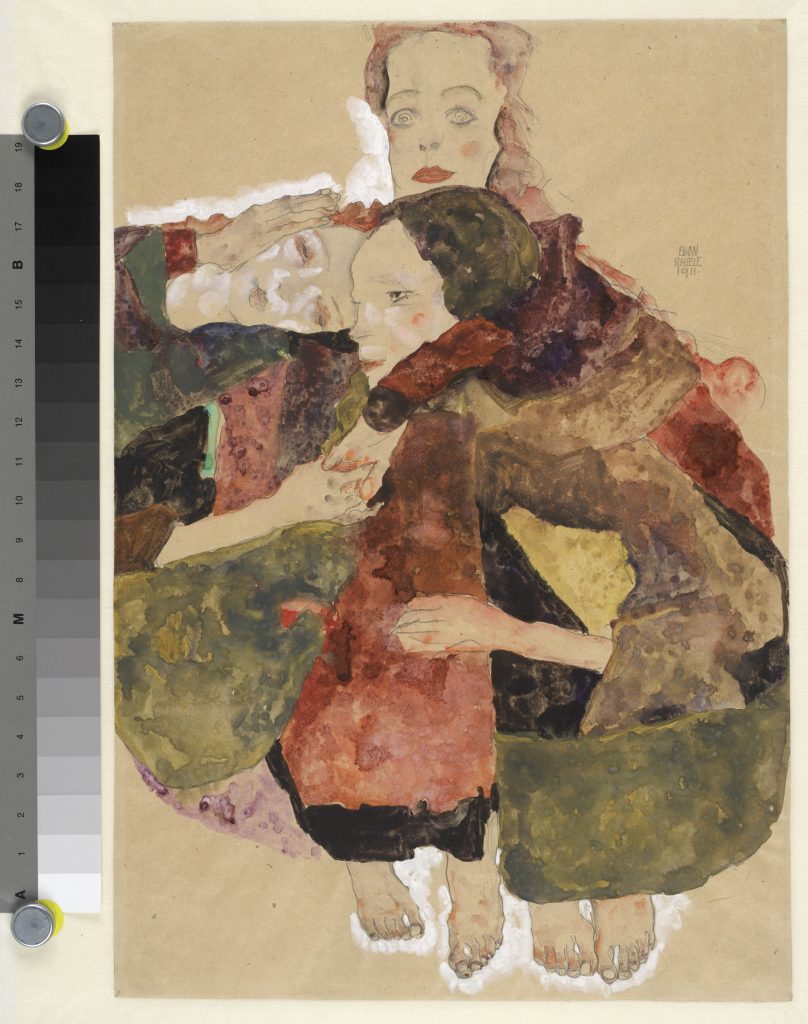
Egon Schiele Group of Three Girls, 1911 Graphite, watercolour, white and coloured gouaches on brown packing paper, 44.7 x 30.8 cm The Albertina Museum, Vienna Exhibition organised by the Royal Academy of Arts, London and the Albertina Museum, Vienna
2018 marks the centenary of the deaths of two of the most celebrated and pioneering figures of early twentieth-century art: Gustav Klimt (1862-1918) and Egon Schiele (1890-1918). Klimt / Schiele: Drawings from the Albertina Museum, Vienna, will be the first exhibition in the UK to focus on the fundamental importance of drawing for both artists, from the origins of their academic training to their unconventional explorations of the human figure expressed through line. For Klimt and Schiele, two of Austria’s most famous artists, drawing emerged as a highly expressive practice that was ideally suited to new ideas of modernity, subjectivity and the erotic.
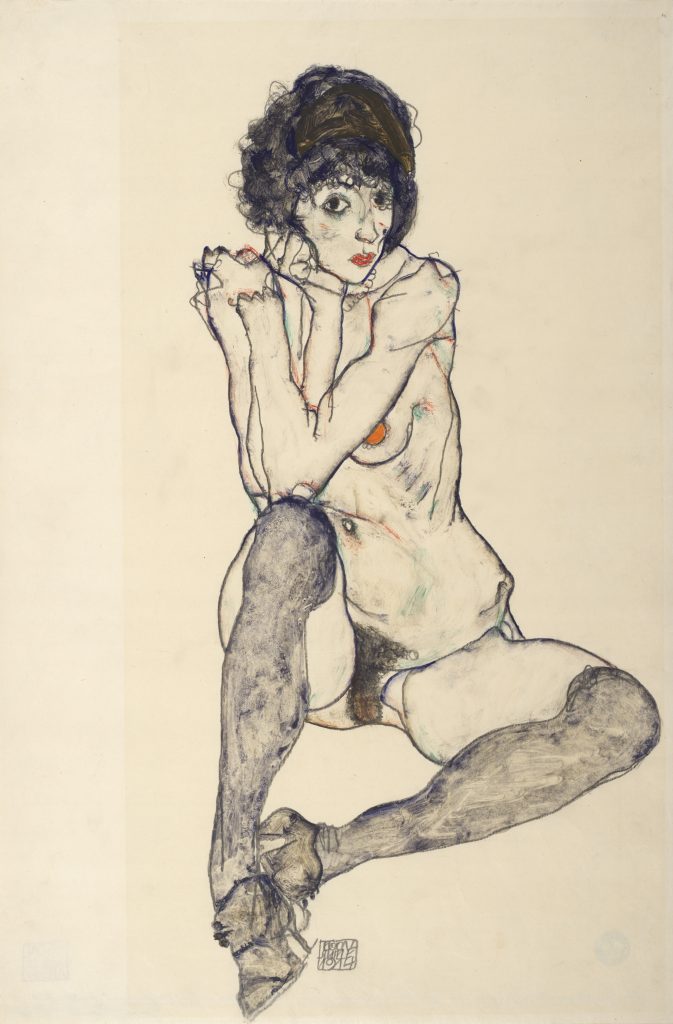
Klimt/Schiele: Drawings from the Albertina Museum, Vienna
Egon Schiele, Seated Female Nude, Elbows Resting on Right Knee, 1914
Pencil, gouache on Japan paper, 48 x 32 cm The Albertina Museum, Vienna
The exhibition will comprise around 100 unique works on paper by Klimt and Schiele, including studies for allegorical paintings, portraits and self-portraits, landscapes, erotic nudes and a sketchbook, as well as carefully selected examples of lithographs, photographs and original publications. These rarely loaned works are drawn from the exceptional holdings of the Albertina’s world-renowned collection, and, following the exhibition at the Royal Academy and due to their sensitivity to light, they will not be displayed again for many years to come.
Klimt made his name painting the interiors of Historicist buildings of Vienna’s Ringstrasse, such as the newly built Burgtheater. Despite being celebrated by the art establishment, in 1897 he became the founding president of a radical group of young artists called the Secession, who broke away from the state-sponsored Academy to exhibit art independently under the motto ‘To the age its art, to art its freedom.’ Klimt’s unconventional and modern artistic approach catapulted him to the forefront of the Viennese avant-garde at the turn of the century.
Klimt’s junior by twenty-eight years, Schiele was a prodigious talent. He left school early to apply to the Vienna Kunstgewerbeschule (School of Arts and Crafts) but the teachers were so impressed they advised him to enter the Akademie der Bildenden Künste (Academy of Fine Arts), where he enrolled aged 16 in 1906. By this time the Secession was in turmoil and Klimt had left the movement to found the Klimt-Gruppe, which organised the first Kunstschau exhibition in 1908, showcasing the latest in Austria’s artistic production. Much impressed by Klimt’s work, Schiele began to explore different ways of emulating the older artist. The first documented meeting between them took place in November 1910 and this led to an exchange of drawings on visits to each other’s studios.
Drawing formed the basis for a rich and fascinating artistic relationship between Klimt and Schiele. Klimt’s seminal influence on young Schiele is particularly evident in the latter’s drawings until 1910, the year in which Schiele created his own expressive style, but continues to resonate thereafter. The effervescent power of Schiele’s use of line and composition in turn impressed his older colleague, the impact of which can be felt in Klimt’s later works. By the time of Klimt’s death in February 1918, Schiele was widely acknowledged as his successor. He received prestigious portrait commissions from Viennese society, and as the crowning of his career curated the Secession’s Forty-Ninth Exhibition, not long before his demise from influenza in October that year.
The exhibition will be arranged thematically in five sections examining Klimt’s and Schiele’s often divergent, yet sometimes compellingly parallel, processes and graphic styles. It will reveal the ways in which these two artists experimented with the discipline of drawing from life, particularly in their provocative depictions of the human body in allegories, portraits and erotic nudes. The sections will address the distinct role that drawing played for each artist, exploring traditional preparatory processes and departures from the academic procedure, the role of drawing in the interaction between artist and sitter, and drawing as a purely autonomous art form.
Klimt / Schiele: Drawings from the Albertina Museum, Vienna
The Sackler Wing of Galleries 4 November 2018 – 3 February 2019 www.royalacademy.org.uk
